7 Books & Cookbooks I’m Reading While in Quarantine
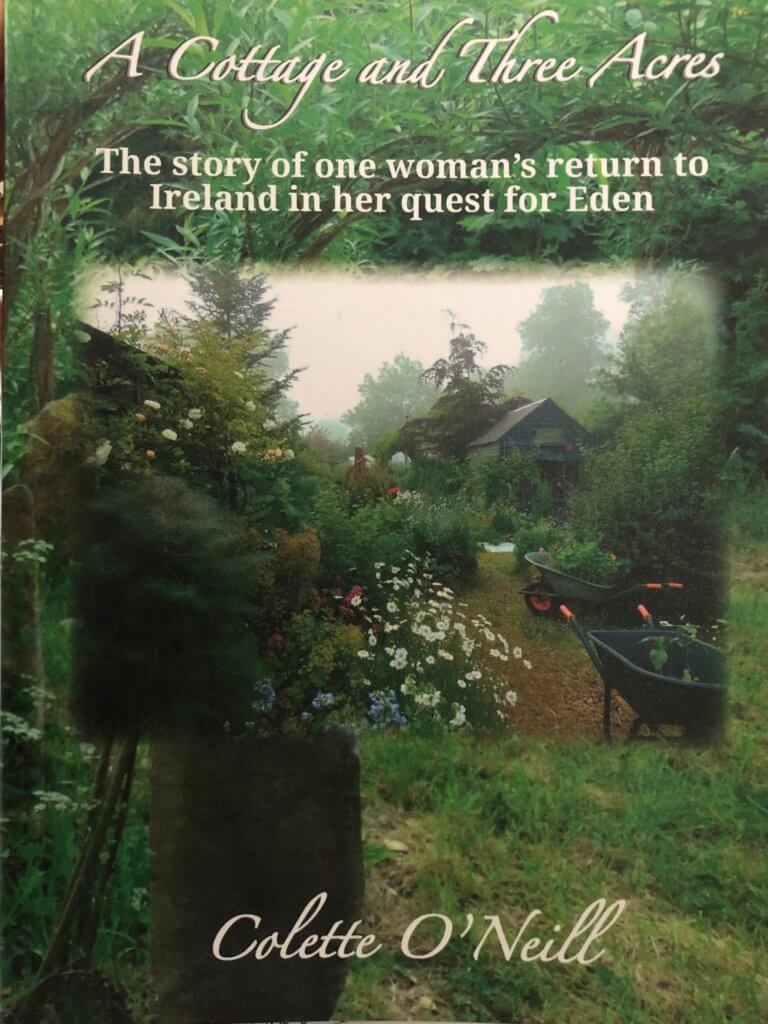
Everyone I know who isn’t on the front lines of treating patients or in the service industries, is working at home, safe and sound under quarantine. We’re all trying to occupy ourselves with something good and productive such as cooking, crafting, gardening or things like that. I would say that this is not the time to pressure ourselves to be productive and to start that side hustle (even though pretty much everyone is feeling the economic hit). Instead, we should be kind to ourselves because we’re all dealing with collective grief, whether we choose to admit it or now. Let’s be kind to ourselves and others and indulge in some self-care practices, such as reading a good book– something we may not ever make time to sit down and otherwise browse through simply because we had so much else to distract ourselves with outside.
Here’s a list of what I’m ready and why you might want to do the same..
A Cottage and Three Acres: The Story of One Woman’s Return to Ireland in her quest for Eden by Colette O’Neill.

This book is only available on the author’s website, Bealtine Cottage. Her YouTube channel has captivated me for years, as she’s been a calming voice in the midst of a lot of my own personal chaos and worry over the future of our planet or even my own abilities to achieve a life surrounded by nature. Colette is one of my all-time favorite people to watch on YouTube because she’s a sensible, earth-loving, mature, wise and self-reliant woman- all of the things I strive to be, which makes her a fantastic role model for anyone who thinks it’s impossible to start over in life, to make your home and your land a heaven on earth, or to survive on all eco-friendly, economical materials. Colette is living proof that this is not only possible, but that it’s a fantastic, peaceful way to live. She wrote a book as a result of her experience leaving London for her homeland of Ireland where she bought a cottage on land that was pretty much dead, but over a period of years, she has planted so much on it that it’s a virtual garden of Eden, a thriving place where nature convenes and her way of living leaves a very low-impact footprint on our precious earth. One of my favorite quotes from her book is:
“So what goes to make up a simple life? A simple life is one where culture is developed and creativity valued. A simple life is one where Bees are appreciated for the work they do and not just viewed as a source of honey.”
Eat Your Vitamins: Your Guide to Using Natural Foods to Get the Vitamins, Minerals, and Nutrients Your Body Needs by Mascha Davis, MPH, RDN.
My mom always told me I didn’t need the supplements I was taking because I was such a good eaterI definitely dismissed her advice, but shouldn’t have. Mother knows best…and this book is a great guide to what you can eat to fill in those gaps of vitamins that your body is lacking. Simply turn the pages to the vitamin in question (i.e. Vitamin B12, Amino Acids, Choline Copper, Phosphorous, etc.) and registered dietician and nutritionist Mascha Davis gives you a run down of what said vitamin is, it’s role in the body, its benefits, side effects, warnings, and precautions, signs of deficiency (super useful), how much you need and tolerable upper intake levels by age group, best way to consume, natural food sources (love that), and a recipe that offers an example of how to incorporate this particular vitamin into your diet, with the amount of said vitamin (in mg) in that recipe. It’s genius and brilliant and so super useful- definitely not just another health book and not another recipe book. One of my favorite lines is:
“Your body needs certain nutrients and vitamins to survive and thrive, so why can’t you just swallow a pill that contains those particular nutrients? It is best for your body and your overall health to get these nutrients from food sources.”
Medieval Cuisine in the Islamic World: A Concise History with 174 Recipes by Lilia Zaouali. Translated by M. B. DeBevoise.
Would you believe that I’ve had this book for several years and each time I opened it a little, I got distracted by something else, but I always felt so annoyed that I couldn’t dive in deeper- until now. I’m obsessed by the history of food in the Islamic world, for reasons I can’t truly explain. It started with my journey to discover Islam, perhaps that is what drew me in to begin with. It’s just so interesting to me to learn and understand the empires and individuals who contributed to the way food was prepared, the flavor profiles that became viewed as traditional and all of the health benefits to the foods that were chosen, which often times was the main reason for combining or not combing foods to make certain dishes.
The recipes in this book are not exactly all doable with today’s ingredients, but they can be a guide for making something similar, as many of the ingredients simply don’t exist or are so specific to a certain region of the world that they’re unattainable to most. Some of the most interesting sounding recipes to me are: Liver Sausages in the Manner of Caliph Al-Mu’tamid; Smoked Scallops of Meat in the Egyptian Manner; and Gilt-Head Bream with Grape Juice Reduction. This last one ends with this paragraph: “…one can also cook it at home. In this case, proceed as described earlier in the book. Let cool and then eat with God’s blessing.”
I find the glossary in the back of the book to be an invaluable source of information for my research, as it’s a fantastic explanation of so many interesting and hugely unknown culinary terms.
One of my favorite lines in the book is:
“Recreating these dishes is an adventure for the cook and a risk for those who are bold enough to sample the ‘novel’ tastes and flavors of a culinary heritage that goes back more than a thousand years– an opportunity and a challenge both, not only for recreational cooks but also for the greatest chefs of our time.”
Then And Now: Food in the Time of the Prophet (ﷺ ) and Food Now by Umm Sakeenah. 
This book is a gem, pure and simple. It pulls information from the wisdom of food and how to eat given to us through the Sunnah (way of life) of Prophet Muhammed (ﷺ) and gives us a modern day guide to the current state of our food and water supply to the solutions on how to fix our ways through the reminders given in the book. Author and nutrition consultant Umm Sakeenah even provides space in the end of the book for readers to gain their own personal assessment to help one identify intention and purpose, benefits of change, fears and concerns. I suggest this book for individuals as well as families, as there is so much good that can come from both the awareness and the solutions contained here. This book will be available for purchase in our online store in a few days. One of my favorite lines from her book is:
“I believe there is great wisdom in not only the beautiful example we have to follow but also in the flexibility that these guidelines allow. The lack of specificity naturally accommodates the immense variance between people, places, preferences, individual needs and local availability.”
Three Veg and Meat: Flip the Balance on Your Plate by Olivia Andrew
The photos in this book make me want to head to the kitchen and cook because my stomach started rumbling looking at the very large, colorful, gorgeous photos. The intro is short and sweet, getting straight to the point that,
“Plant-based foods are what our bodies need, and what most of us are lacking. Our plates should be 50 per cent vegetables and our diets 70 per cent plant-based foods.”
In the book, Australian author Olivia Andrews also includes a weekly meal plan for lighter meals for a month, all of which include recipes from the book. Some of the recipes I’m hoping to try soon are: Sushi Cake (not a dessert, p.22); Bye-Nana Bread (because it has less carbs than the traditional banana breads, and it includes dates, p. 40); Asian Style Coleslaw (p. 52); Corn and Chicken Soup (p. 57); Whiz-Bang Falafel (baked, not fried- p.58); Banh Mi (made with homemade gluten-free rice paper rolls, p. 82); That’s Some Satay Curry (p. 106); Asian Nachos (p. 141); Banoffee Ice Cream (p. 169); Tropical Pavlova (p. 185), and Salted Caramel Slice (p. 186), oh my! The last part of the book contains really helpful recipes for sauces and condiments like Mayo, White Sauce, Tangy Asian Dressing and more. Because of how many useful, practical and appetizing dishes included, this could be a go-to book for anyone hoping to eat less meat and more veg on a regular basis.
Midwest Made: Big, Bold Baking from the Heartland by Shauna Sever
This Ohio girl is getting pretty nostalgic just looking at the cover of this book, as it reminds me of my childhood home and my adopted city of 15 years, Chicago, where baked goods from a variety of cultures were brought home from local bakers more often than I’d like to admit. The photos of rural barns make me long for my childhood and long to be home, as I sit here thousands of miles away in a place that couldn’t be further in every way from my beloved Midwest homeland.
I couldn’t have said this part better,
“Midwestern recipes tend to be handed down through generations, most with dynamic immigrant influences. While the big cities of the Midwest have become culinary hotspots, in many of the rural communities, your neighbors are far more likely to be farmers.”
I wish I could thank author Shauna Sever personally for this book because it’s like a snapshot in time, a collection of everything that be stills my heart about home, family, friends, farmers, bakers and all the colorful characters that filled my childhood with the love that raised me. The recipes that jog my nostalgia and make me want to run to the kitchen to get baking again are: Coffee Caramel Monkey Bread (I learned to make this in Home Ec class in junior high, p. 25), Classic Cider Donuts (what says Fall more than these?!, p. 32-33; Paczki (every good Polish bakery makes these and they’re the only places I’ll get them, p. 35-36); Danish Kringle (omg, how did I forget about these!, p. 46-47), French Silk Pie (p. 86-87); Giant Awesome Peanut Butter Cookies (p. 126, 128); Chocolate Chip Marble Bundt Cake (p. 150, 152), Mom’s Cherry Shortcake Squares (p. 154-155; Cleveland Style Cassata Cake (I grew up eating this! p. 184-186); Apricot and Orange Blossom Kolacky (p. 270).Okay I need to stop here because the nostalgia is becoming a bit much. It’s time to get baking and if you want the real deal on Midwestern baking, then this is the book for you.
The Monk of Mokha by Dave Eggers
So, the last book on my list isn’t a cookbook, but it’s a book that was gifted to me and then brought over from a friend who visited Turkey last month. Because I’m not an avid fiction or novel reader, I thought I would put it in my guest room for visitors to read, but once I started flipping through the pages, I realized that the storyline is a true one, and something of great interest to me, as I’ve always been a little fascinated about the origins of coffee and the mysterious land of Yemen.
In this book, best-selling author, Dave Eggers, tells the tale of a young Yemeni American man who, although born and raised in the US, is captivated by the Yemeni origins of coffee and wants to revive their coffee industry by importing it to the U.S. He travels to Yemen to do just that but ends up in the crossfires of the country’s civil war and struggles to get out when he doesn’t have a whole lot of help to do so from his own government.
The Monk of Mokha highlights not only the dire political situation of Yemen, but its main highlight rests on the story of a Muslim-American immigrant, one who works hard to attain an American dream that pays off with a socially conscious coffee company that is mutually beneficial to the coffee farmers as it is to the consumers who enjoy a luxurious, sensory-filled $16 cup of coffee in San Francisco.
One of my favorite lines in the book is what Eggers writes in retrospect,
“Now, as I finish the book, it’s been three years since our meeting that day in Oakland. Before embarking on this project, I was a casual coffee drinker and a great skeptic of specialty coffee. I thought it was too expensive, and that anyone who cared so much about how coffee was brewed, or where it came from, or waited in line for certain coffees made certain ways, was pretentious and a fool.”
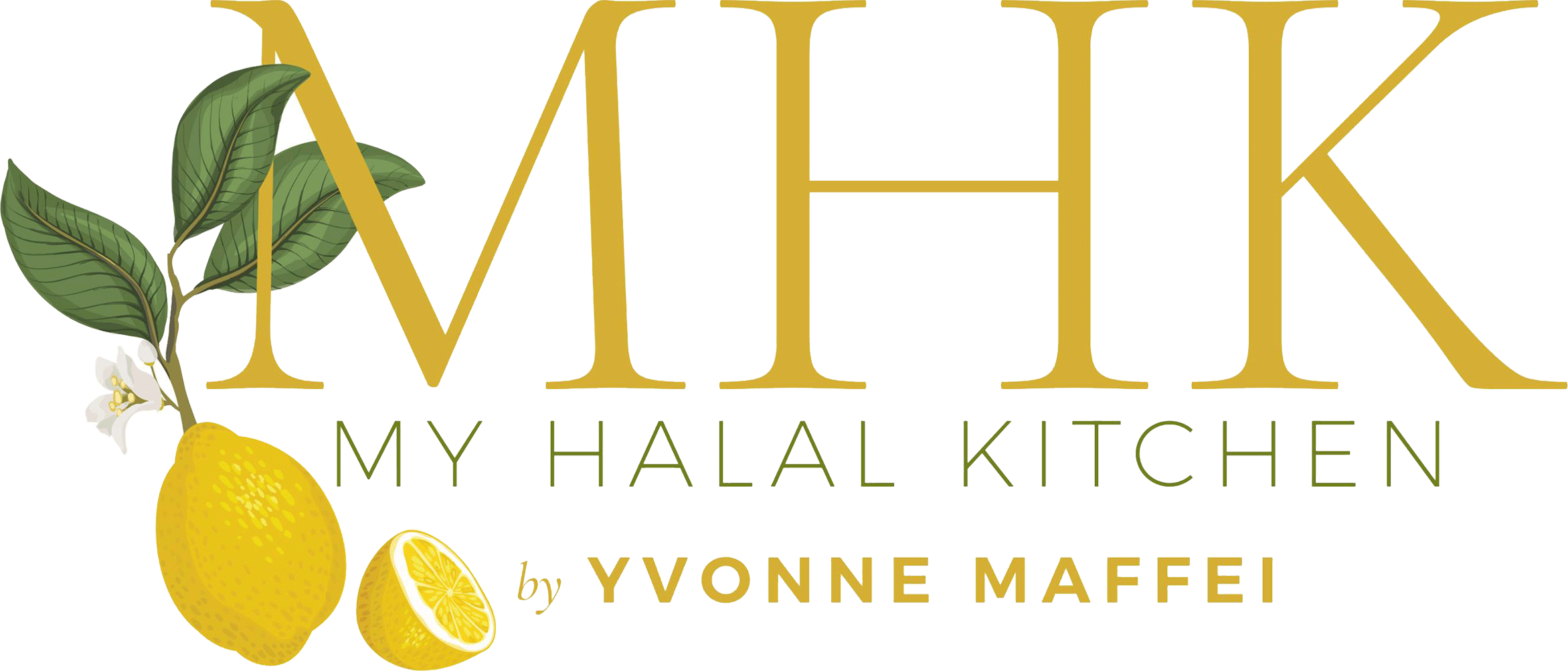
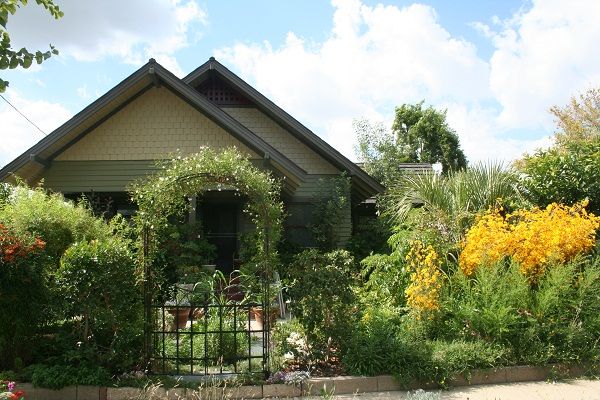
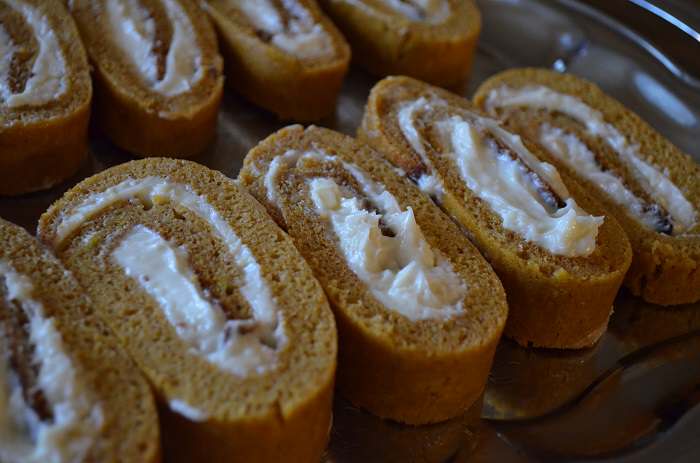
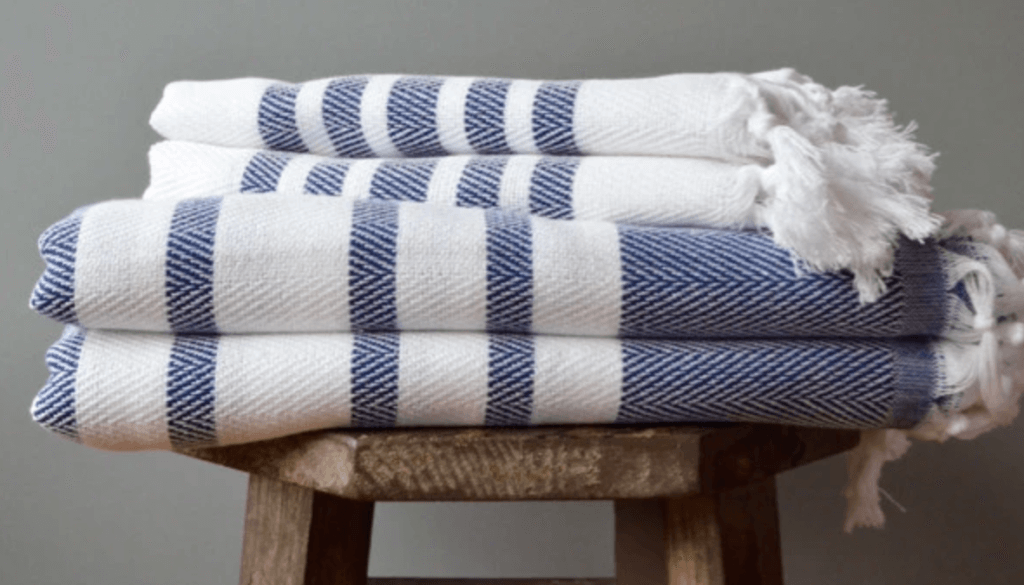
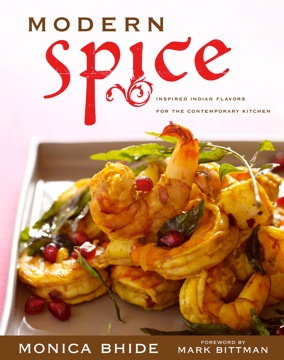



Responses